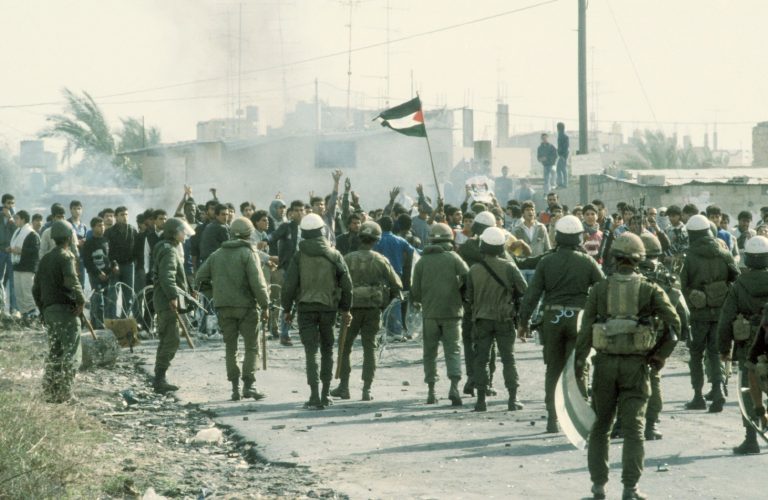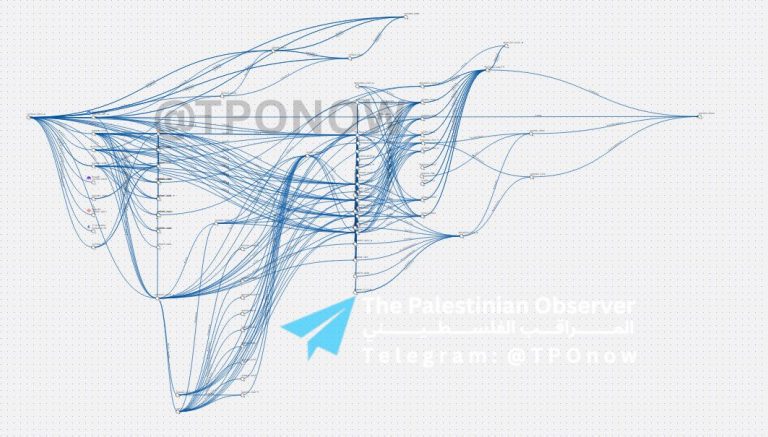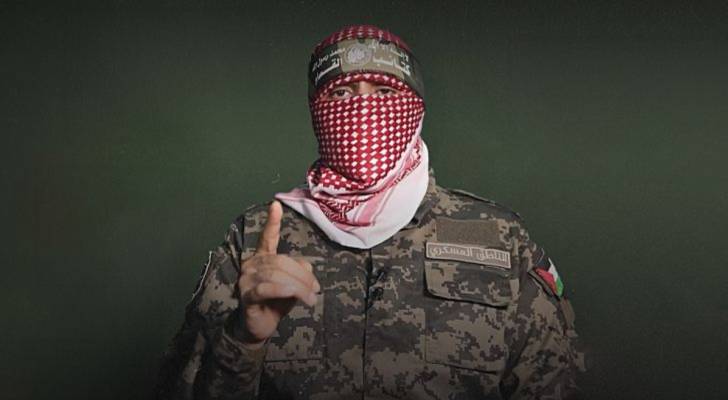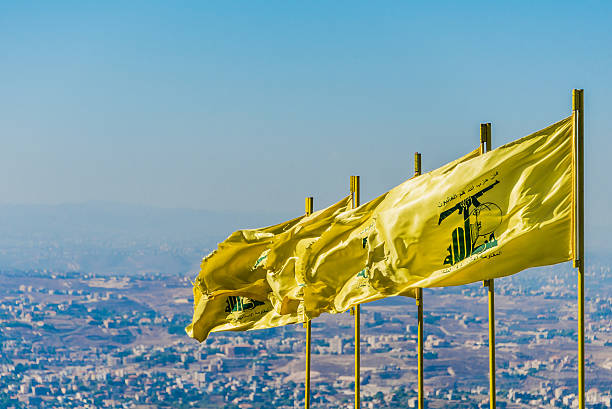TPO April 21, 2025
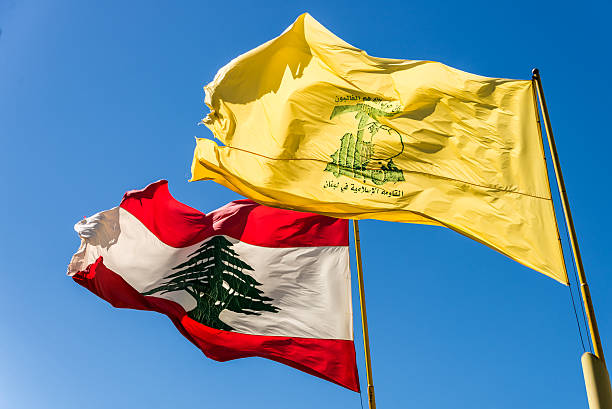
Hezbollah (Party of God) is a Lebanese political and military resistance organization founded in 1985 in Beirut by Shia clerics Subhi al-Tufayli, the late Hassan Nasrallah, and Abbas al-Musawi. It comprises a military wing known as the Jihad Council and a parliamentary faction called the “Loyalty to the Resistance Bloc.”
Hezbollah emerged as a response to the Israeli occupation of Lebanon during the South Lebanon conflict. In its early stages, the group primarily used guerrilla warfare tactics, including ambushes and rocket attacks, to combat the Israeli Defense Forces (IDF) and their local cooperaters, the South Lebanese Army (SLA). Hezbollah’s persistent resistance ultimately led to the Israeli withdrawal from southern Lebanon in 2000, which many in Lebanon and the broader Arab world regarded as a victory for the resistance.
During the 2006 Lebanon War, Hezbollah once again engaged in direct conflict with the IDF. As part of its military campaign, Hezbollah launched approximately 4,228 rockets into northern Israel, striking major cities such as Haifa, Hadera, Nazareth, Tiberias, Beit She’an, Karmiel, and Maalot, along with numerous kibbutzim. Its arsenal included Iranian-supplied Fajr-3 and Ra’ad 1 rockets. The conflict concluded with the passage of UN Security Council Resolution 1701 and was widely viewed by Hezbollah and its supporters as another victory.
Today, Hezbollah is considered the most heavily armed non-state actor in the world. Estimates suggest it possesses up to one million rockets and missiles, with around 100,000 of them capable of longer-range strikes. According to the late Hassan Nasrallah, the group’s armed wing includes approximately 100,000 fighters. Its military infrastructure includes extensive tunnel networks, large arms depots across southern Lebanon, and a sophisticated intelligence apparatus.
Hezbollah’s infantry is primarily armed with AK-47s, M4s, and M16s. Its air defense capabilities reportedly include Iranian Misagh-1 and 2 systems, Russian SA-18, SA-2, SA-8, SA-17, and the advanced Pantsir system, as well as the Iranian Sayyad system. Its rocket and missile arsenal includes Iranian Falaq-1 and 2, Zalzal-1 and 2 (with ranges up to 610 km), and Scud missiles (range up to 550 km). In 2023, Hezbollah was also reported to have acquired the P-800 anti-ship cruise missile.
Its artillery includes 60mm to 120mm mortars, D-30 howitzers, and M-46 field guns. Armored vehicles in its possession include T-72 tanks and BRDM-2 armored personnel carriers. Its drone fleet includes Iranian-made Mohajer, Yasir, and Karrar unmanned aerial vehicles.
Until the Syrian Civil War destabilized the region, Hezbollah was primarily supplied by Iran through Syrian territory. As of December 2024, reports suggest that Iranian arms shipments to Hezbollah have transited through Turkish airspace en route to Lebanon.
